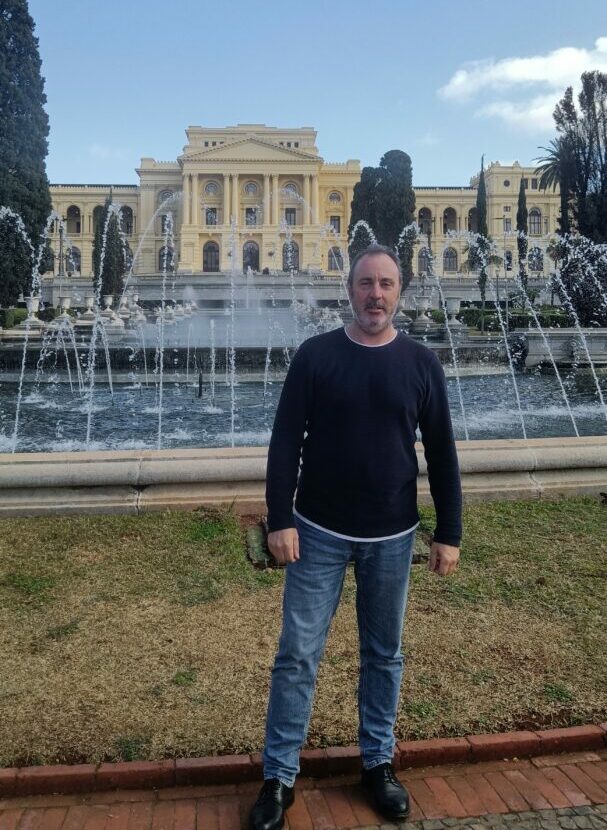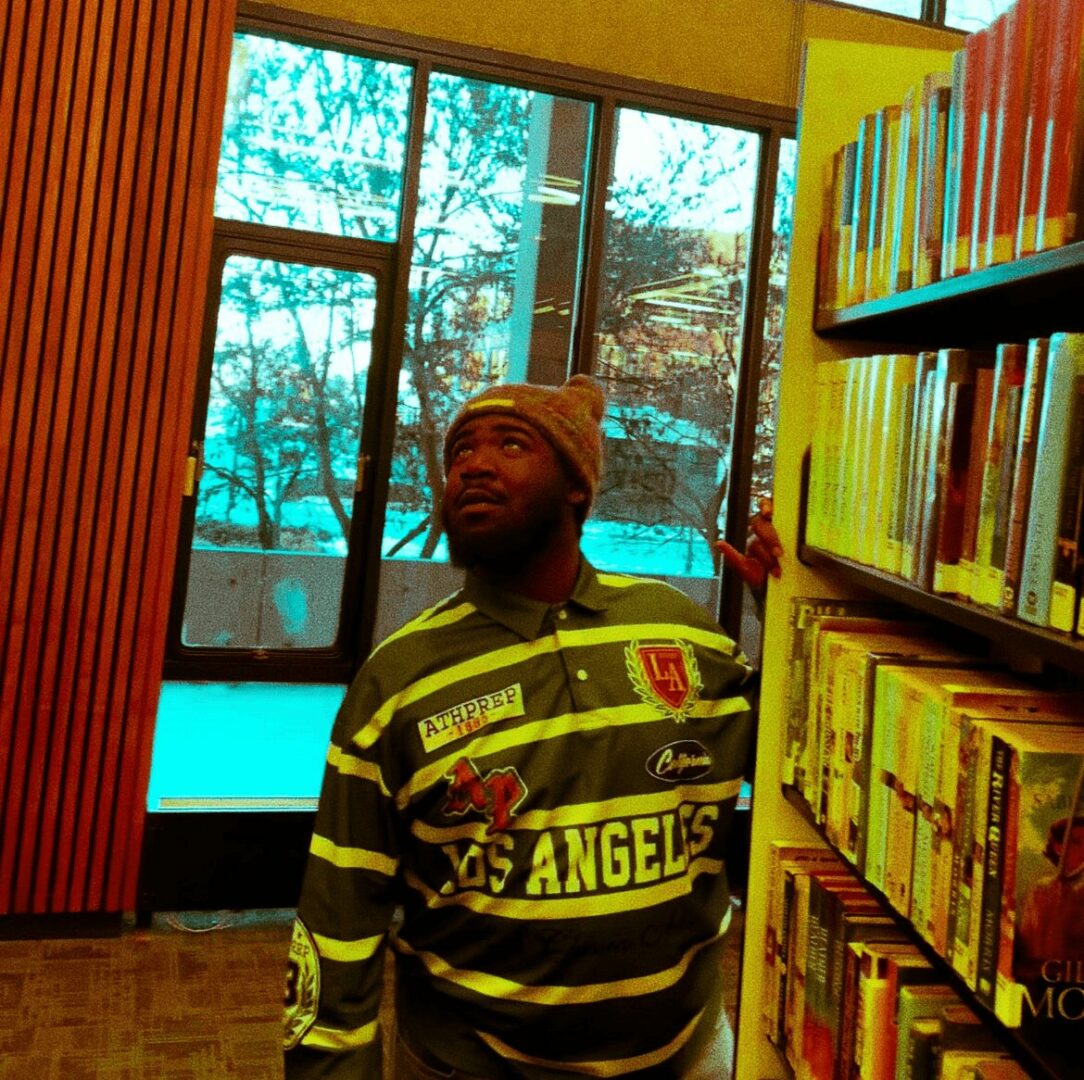Alright – so today we’ve got the honor of introducing you to Joan Pinto. We think you’ll enjoy our conversation, we’ve shared it below.
Joan, looking forward to learning from your journey. You’ve got an amazing story and before we dive into that, let’s start with an important building block. Where do you get your work ethic from?
I found my work ethic by watching my parents. They started their own business when I was very young, and I grew up seeing what perseverance really looked like. My dad was a farmer who developed and produced asparagus seed, and my mom managed the rest of the business side and sales. It wasn’t a nine-to-five job because it was a home business with international clients, the phone could ring at any hour. In the beginning when times were lean, they worked hard, lived within their means, and stayed focused on their goals. Their success came from steady effort over many years, and that left a deep impression on me. I’ve carried that into my own work. Whether it’s creating with clay, taking photos, continuing through setbacks and being with family. I’ve always been drawn to work that’s hands-on and requires patience and attention. I learned early on how to stay focused on one task for a long time and how rewarding it is to create something from nothing. That sense of purpose and discipline is something I trace directly back to my parents and how I was raised.
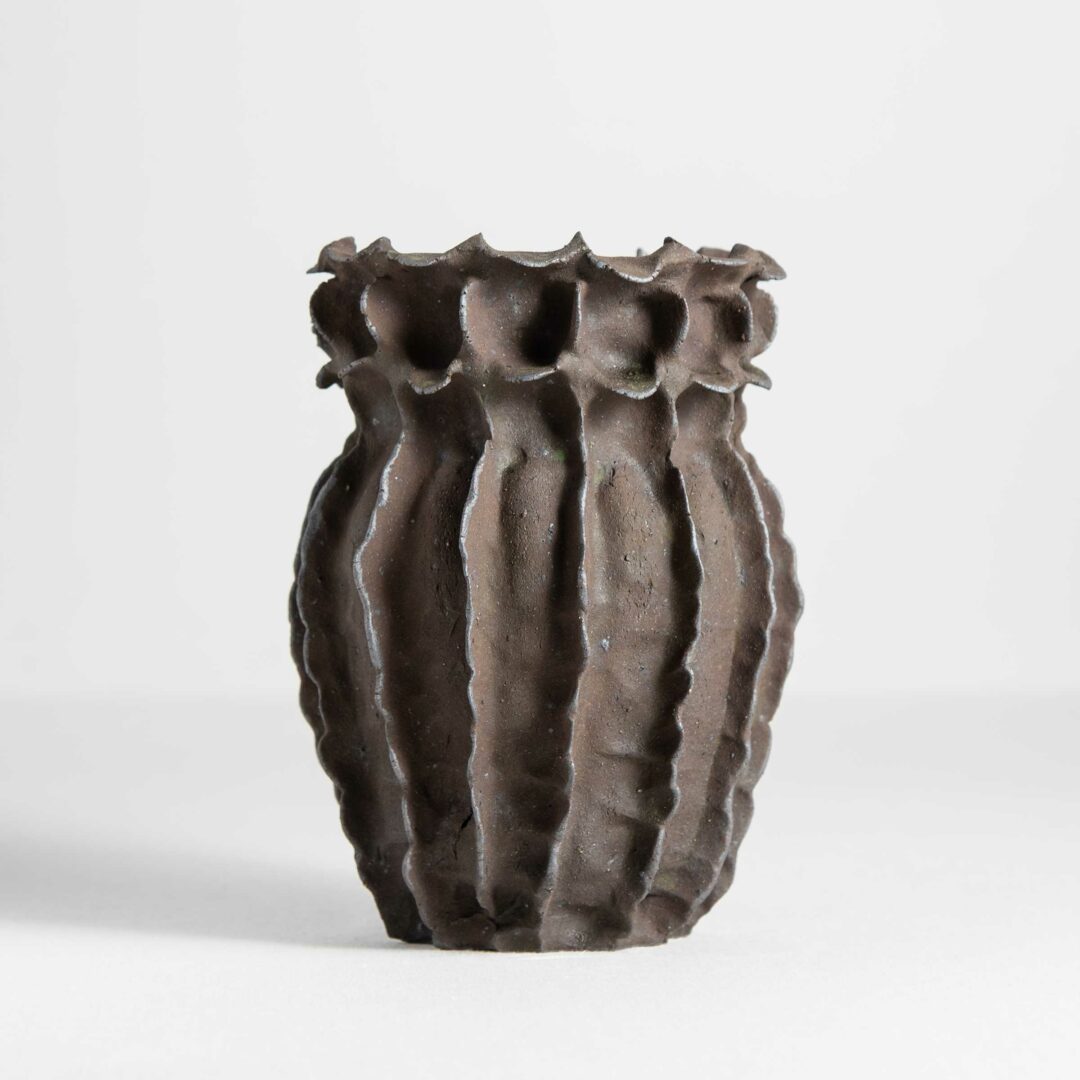
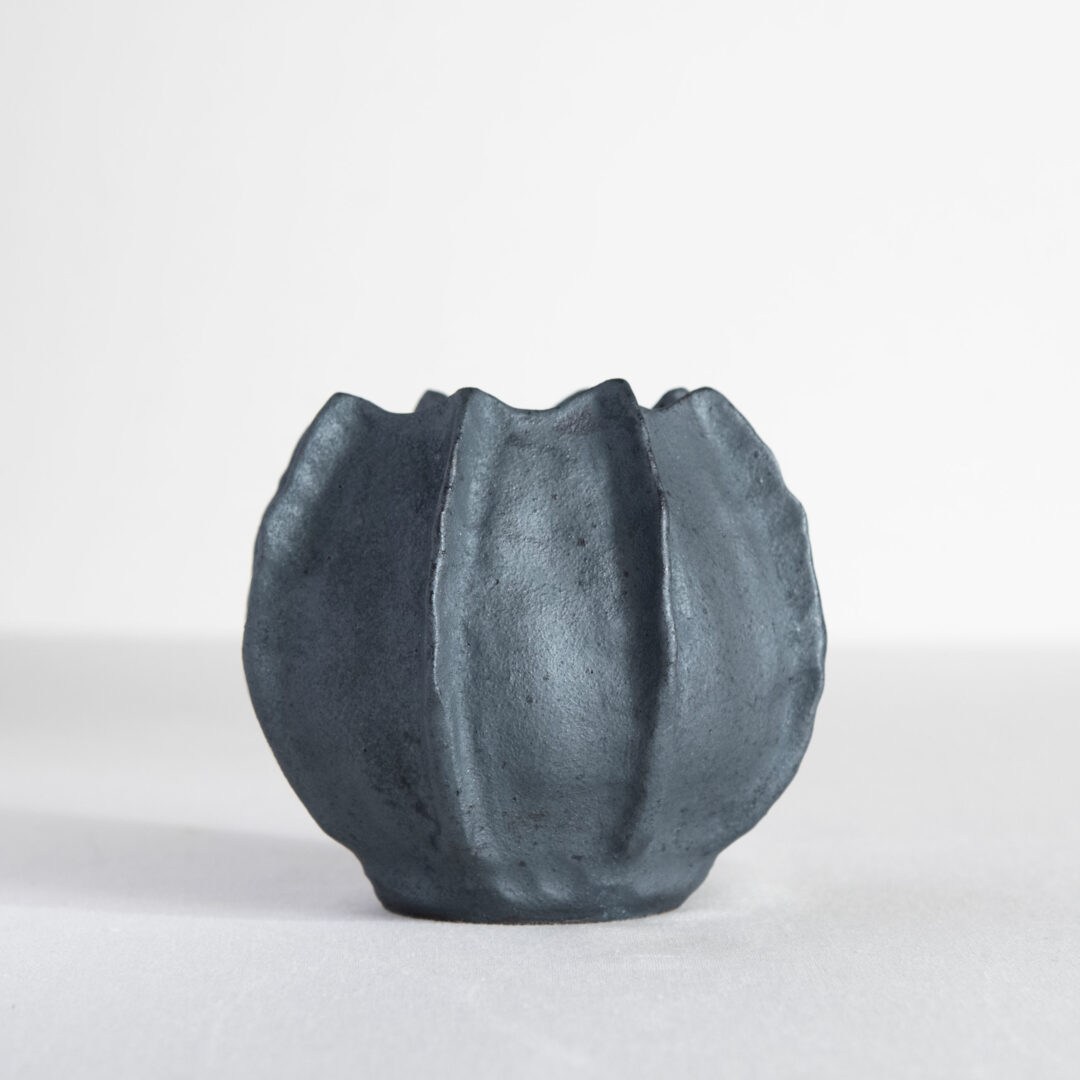
Appreciate the insights and wisdom. Before we dig deeper and ask you about the skills that matter and more, maybe you can tell our readers about yourself?
I earned my Bachelor’s degree in Fine Art from UC Davis, and I also spent some time studying Art History in Holland, which really broadened my artistic perspective. Later, I went on to the Brooks Institute of Photography, where I focused on architectural photography and digital media, and met my husband. After that, I took a bit of a different path and I got my Yoga Teacher certification and taught for about five years while our two kids were in high school. Now that they’re in college and graduate school, I’ve been able to dedicate more time to my own creative work. I found my way back to clay in 2016, starting with wheel-throwing classes through the city. The following year, I joined a community studio that offered more access and flexibility. And just this year, I took a big step and started renting my own studio space.
The inspiration for my work stems from a deep fascination with seed pods, organic structures, and the delicate glow inherent in porcelain. Both functional vessels and non-utilitarian artworks in my collection are characterized by their tactile quality, inviting a sensory connection. By incorporating oxides and glaze into my creations, I aim to enrich the texture, shape, and luminance of each piece. My artistic journey is profoundly influenced by the natural world, with daily outdoor walks serving as a wellspring of inspiration. I see my creations as a reflective resonance of the beauty found in the surrounding environment.
Over the years, I’ve realized I’m not a production potter. I like to experiment too much, to let each piece guide me. After years of throwing, I slowed things down and began hand-building. It gave me permission to spend more time with each piece and to let the process unfold more thoughtfully. When I first started working with porcelain, I was drawn to its translucency after firing. I’ll never forget the day I took a piece outside to photograph it and the sunlight hit just right and the inside of the vessel began to glow. I remember thinking, wait, this can glow? That sense of surprise and delight is still what drives me. In addition to vessels, I also make lamps. Making lighting feels like a natural extension of that first discovery and another way to let the clay surprise me and to play with transformation. One of my favorite things is seeing my work in people’s homes. I’ve been collaborating with designers, which has opened up new ways to think about how ceramics can live in a space. Having my own studio space has given me the freedom to explore more fine art projects and reconnect with the foundation I built during my time at UC Davis. I’m currently developing a series that reflects my memories of growing up in an agricultural environment, using texture and form to evoke the patterns and furrows of the fields and land.


Looking back, what do you think were the three qualities, skills, or areas of knowledge that were most impactful in your journey? What advice do you have for folks who are early in their journey in terms of how they can best develop or improve on these?
Curiosity- Stay open. Follow that little spark of interest, even if it takes you somewhere unfamiliar. That’s often where the best discoveries live.
Creativity doesn’t always flow easily and some days it just doesn’t show up. I’ve learned that those are the days I still need to show up too. When that happens, I tell myself, I’m just going to play today with no pressure, no expectations, just experiment. And honestly, those “off” days often surprise me. Sometimes nothing remarkable happens, but more often than not, there’s a small spark, a kernel of something new and special. And even if all I did was show up, that in itself is progress.
Patience- Working with clay has a rhythm and its own timeline and it doesn’t always match your own. I’ve learned how important it is to have patience with yourself and not take rejection personally. Maybe that extra time is actually a gift, giving room to explore something new or be open to an opportunity you wouldn’t have seen otherwise.
Letting go of Perfection- Clay can be unpredictable, and for a long time, I resisted that. I wanted everything to turn out just right. But some of my favorite pieces came from moments when I stopped trying to control the outcome. One of the biggest lessons I’ve learned, and something that really took root after reading The Artist’s Way, by Julia Cameron, is to trust the process. That phrase has become almost like a mantra for me. There are moments when I’m convinced the next touch, the next texture, will completely ruin a piece. In those moments, I have to remind myself: I’m just a conduit for creativity, and I just need to get out of my own way. My job is to stay present, to keep working, and to not overthink every mark in order to let it flow.
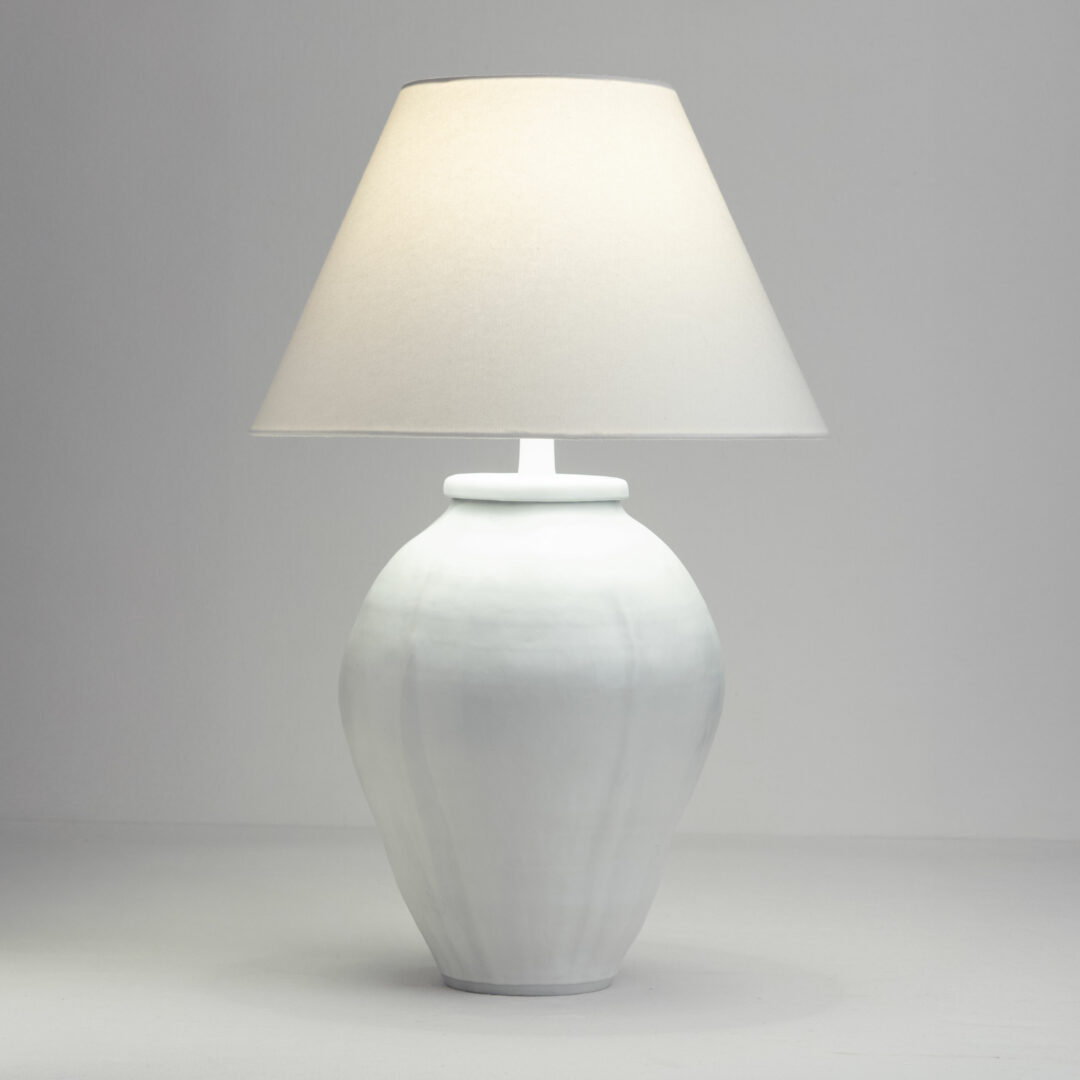
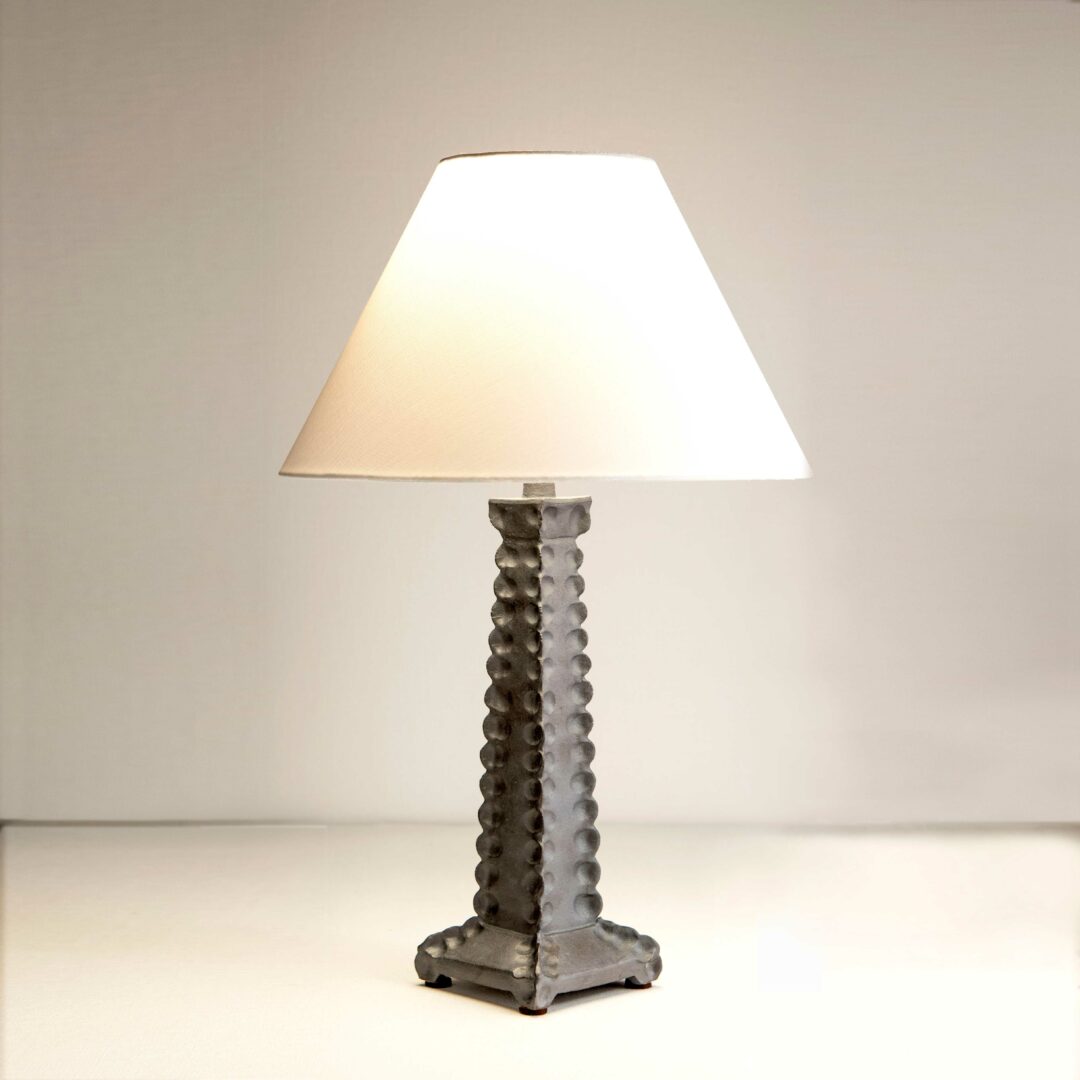
Looking back over the past 12 months or so, what do you think has been your biggest area of improvement or growth?
After eight years as a member of a community ceramics studio, I felt it was time to take the leap and rent my own space. Those years were incredibly rich and I learned so much from the teachers and fellow ceramicists there, and the friendships I made still mean a lot to me. Community has always felt essential to my creative life, and now, in this new chapter, I’m surrounded by a different kind of community with six studio neighbors who include a painter, quilter, animator, illustrator, sculptor and a figurative artist. It’s inspiring to see their work unfolding around me each day.
Designing and building my own studio was a satisfying start, and from there I’ve been focusing on sharing my work more broadly. I sell to interior designers and take on commissioned projects, and I’ve begun exploring shops, gallery representation and other ways to connect my work with a wider audience. I’ve been saying yes often, trusting in serendipity and following where it leads. That openness has brought unexpected opportunities and a deeper sense of purpose in my practice.
Contact Info:
- Website: https://www.joanpintoceramics.com/
- Instagram: https://www.instagram.com/joanpintoceramics/
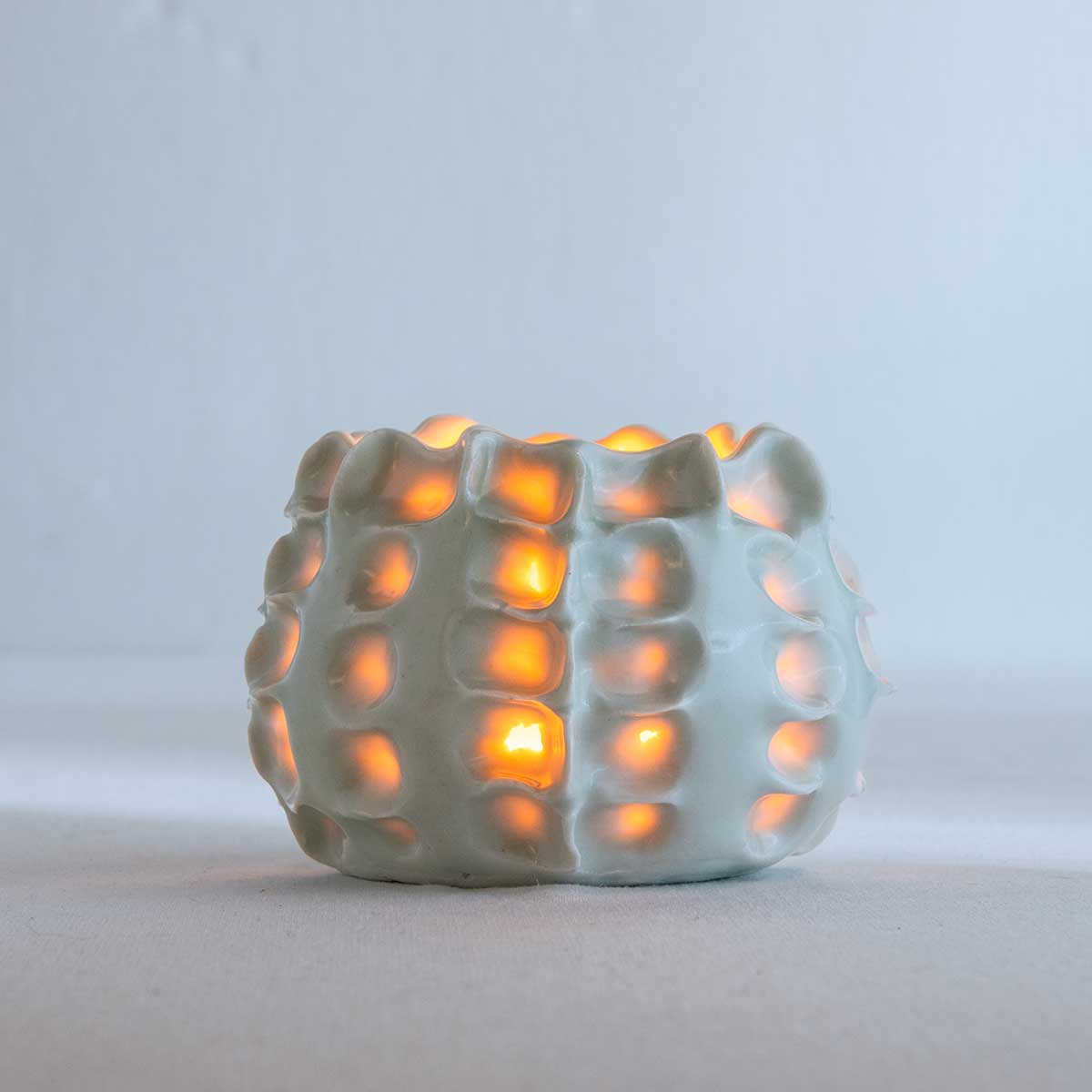
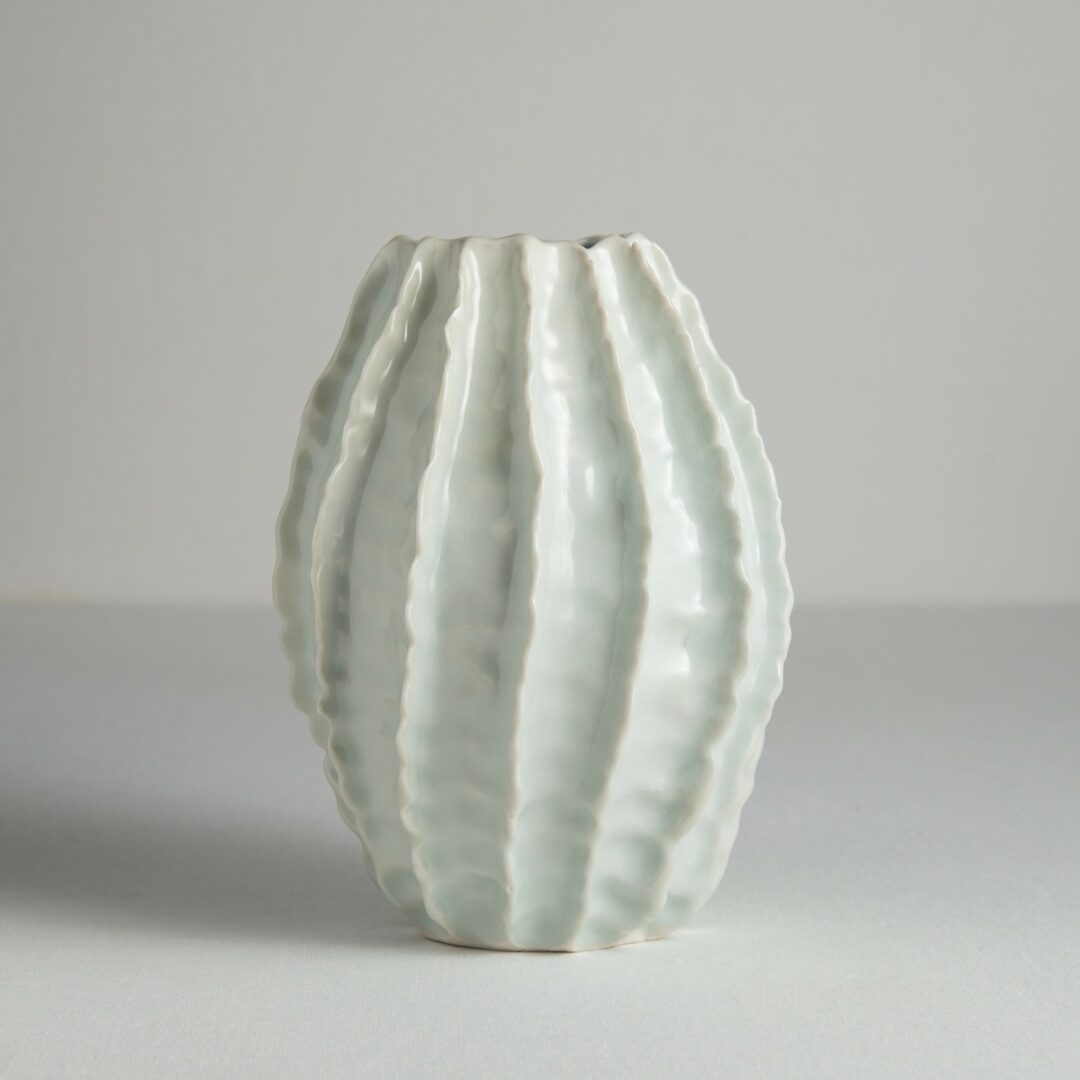
Image Credits
Photos of work by Joan Pinto
Portrait of Joan by Guilherme Pinto
so if you or someone you know deserves recognition please let us know here.


